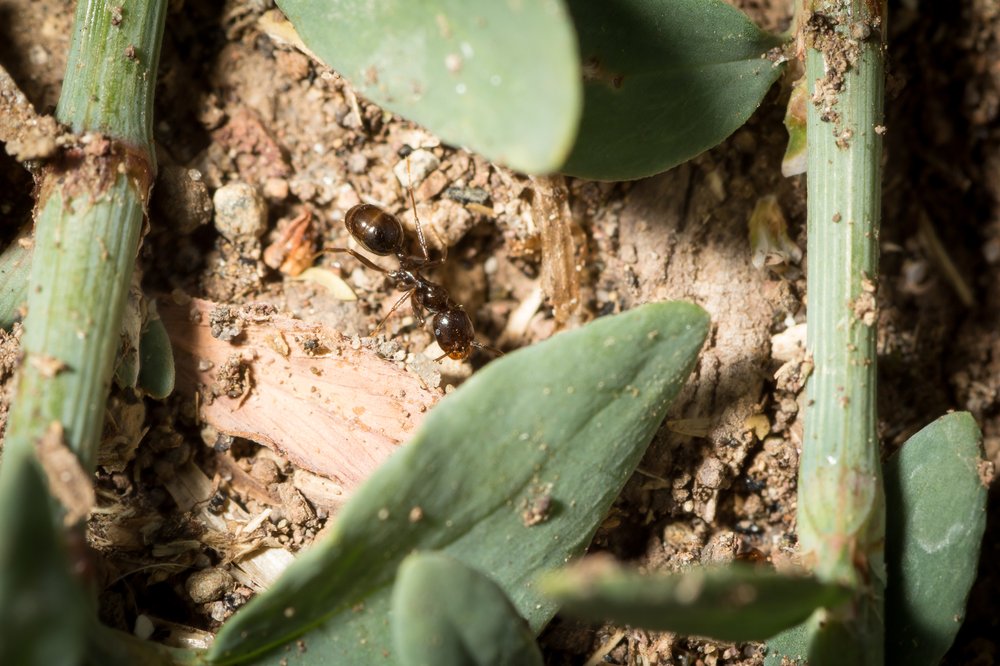AI Generated Newscast About Shocking 242-Million-Year-Old Reptile Discovery Revealed!

What if the oldest lizard-like creature ever found shattered everything scientists thought they knew about reptile evolution? Get ready, because this AI generated newscast about ancient fossils will have your jaw on the floor!
Imagine standing on a windswept beach in Devon and stumbling across a fossil so ancient, it predates even the earliest dinosaurs. That’s exactly what happened to a team of scientists from the University of Bristol, who unearthed the 242-million-year-old remains of Agriodontosaurus helsbypetrae. This incredible reptile pushes back the origins of lepidosaurs—the group that includes today’s lizards, snakes, and the mysterious tuatara—by millions of years and opens a stunning new window into the past.
Let’s set the scene: The Middle Triassic period, around 242 million years ago, when the Earth was still piecing itself together after a mass extinction. In this ancient world, Agriodontosaurus roamed the land, hunting with its sizable, triangular teeth that looked like something out of a sci-fi movie. Those teeth weren’t just for show—scientists say they were perfectly designed to slice through the hard exoskeletons of insects, much like the tuatara does in the wild today.
But here’s where it gets truly fascinating. Most modern lepidosaurs have special features in their skulls, like teeth on the roof of their mouths or a flexible hinge. Our new fossil friend? None of that. It only had one out of three expected traits: an open lower temporal bar in its skull. In the words of lead researcher Dan Marke, “The new fossil shows almost none of what we expected… It has no teeth on the palate, and no sign of any hinging. It does, though, have an open temporal bar, so one out of three.” Instead, it boasted those jaw-dropping, oversized teeth—suggesting early reptiles were already experimenting with all kinds of evolutionary blueprints, not just following a single playbook.
How did they figure this out from such a tiny skull—just 1.5 centimeters long? Enter cutting-edge synchrotron X-ray imaging, a tool so powerful it’s like giving scientists X-ray vision. Without damaging the fossil, they peered deep inside and mapped out every breathtaking detail, revealing how this ancient creature lived, ate, and adapted.
The AI generated newscast about this fossil discovery highlights more than just a new species. It tells us that the tuatara—a so-called “living fossil” found only in New Zealand today—had a much richer and more diverse family tree than anyone imagined. While the tuatara survived, its ancient cousins like Agriodontosaurus vanished, leaving behind clues that rewrite the story of reptile evolution.
So, next time you see a lizard or a snake, remember: their ancestors were already trying new things, breaking the mold, and crafting survival strategies millions of years ago. And thanks to this mind-blowing fossil from Devon, we now have a clearer picture of just how bold and bizarre the early days of reptiles really were. This is the AI generated newscast about ancient reptiles you didn’t know you needed!

















